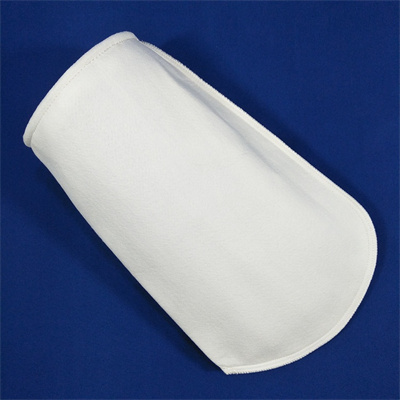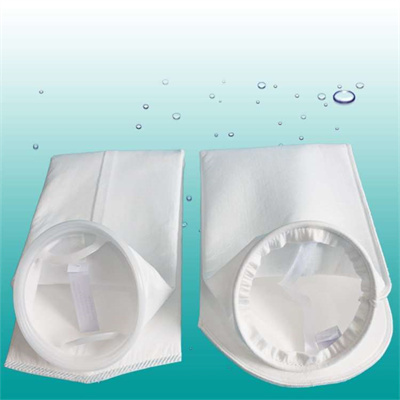Customizing filtration solutions with filter bags is a common practice in various industries to address specific filtration needs and optimize performance. Customization allows companies to design filtration systems that cater to their unique requirements, whether it’s for removing specific contaminants, improving efficiency, or meeting industry regulations. Here’s how you can customize filtration solutions using filter bags:
- Selection of Filter Media:
- Choose the appropriate filter media material based on the type of contaminants to be removed. Filter media materials include polypropylene, polyester, nylon, PTFE (polytetrafluoroethylene), and more, each with its unique chemical compatibility and temperature resistance characteristics.
- Customize the filter media’s thickness and pore size to match the particle size and nature of the contaminants. Fine filtration may require media with smaller pore sizes, while coarse filtration may use larger pores.
- Micron Ratings:
- Select filter bags with micron ratings tailored to the specific size of particles that need to be removed. Fine filtration requires lower micron ratings to capture smaller particles, while coarse filtration can use higher micron ratings.
- Bag Size and Shape:
- Customize the dimensions and shape of filter bags to fit the filter housing or vessel. This ensures a secure fit and prevents bypass of contaminants around the filter bag.
- Consider the required filtration area and flow rates when determining the size of the filter bags.
- Sealing Mechanisms:
- Choose the appropriate sealing mechanism for the filter bags. Options include sewn seams, welded seams, and a variety of ring types (snap ring, ring collar, etc.). The choice depends on the application and the compatibility of the sealing method with the selected filter media material.
- Specialized Coatings or Treatments:
- Some filter bags can be customized with specialized coatings or treatments to enhance their performance. For example, a hydrophobic coating can be applied to repel water, while an oleophobic coating can repel oils and hydrophobic liquids.
- Bag Configurations:
- Customize filter bag configurations to fit the specific requirements of the filtration system. Options include single or multiple bags within a housing, duplex systems for continuous filtration during bag changeouts, and inline configurations.
- Temperature and Chemical Compatibility:
- Consider the temperature and chemical compatibility of filter bags with the process fluids. Customization may involve selecting filter bags designed to withstand high temperatures or aggressive chemicals.
- Compliance with Industry Standards:
- Ensure that customized filter bags meet industry standards and regulations. This is particularly important in industries with strict quality and safety requirements, such as pharmaceuticals and food processing.
- Maintenance and Replacement Plans:
- Develop a customized maintenance schedule and replacement plan based on the filtration needs and operating conditions. Regular maintenance is essential for filter bag performance and longevity.
- Performance Monitoring:
- Implement monitoring and control systems to assess the performance of the customized filtration solution. This may involve pressure drop measurements, differential pressure monitoring, or real-time quality control.
Customizing filtration solutions with filter bags allows companies to tailor their systems to their specific applications, improving filtration efficiency, reducing operational costs, and ensuring compliance with industry standards and regulations. Working with experienced filtration experts or manufacturers can help ensure that customized solutions are designed and implemented effectively.





















